Understanding the Complexity of Auto Body Repairs
If you have an accident, your car may sustain damage that needs repairs. Auto body repairs are necessary to restore your vehicle to its pre-accident condition. However, most of us have little to no idea about the complexity involved in fixing even the smallest dents or scratches. The process may seem simple enough: take the car to a body shop and get it fixed. But the truth is, there's more to car repair than meets the eye. According to Bankrate, 13 car crashes occur every minute. Needless to say, auto repair shops stay busy. In this article, we'll take a closer look at the various aspects of auto body repairs and help you understand the complexity of getting your car back to its pre-accident condition.
The Basics of Auto Body Repairs
Auto body repairs refer to the restoration of a vehicle. Such restoration is a must after a collision or general wear and tear that makes driving unsafe. These repairs are essential to maintain the car's structural integrity so it's safe to drive. These repairs can be as simple as fixing a small dent or as complex as rebuilding the entire car.
Auto body repairs involve many processes. These can include assessing the damage, ordering the right parts, matching the paint, and ensuring driving safety. These processes require a unique set of skills and expertise, which is why it's important to choose a reputable auto body repair shop with experience in handling a variety of repairs.
The Complexity of Auto Body Repairs
The first step in the repair process is to assess the damage to the car. This involves inspecting the car for any visible damage and checking for hidden damage that may not be visible to the naked eye. The repair technician will then determine the best action for handling the damage.
Once the professionals assess the damage, the repair technician will order the necessary parts to complete the repairs. Ordering the right parts is crucial to ensuring repairs go according to plan. If mechanics use the wrong parts, it can result in additional damage to the car and may compromise its safety.
Matching the paint is also a complex process. Each car has a unique paint color, and auto specialists work to match the paint exactly, so they can ensure that the repair is seamless. Paint matching requires specialized equipment and expertise, and it's a crucial step in the repair process.
Vehicle safety is also a critical aspect of auto body repairs. The repair technician must ensure the car's structural integrity is intact and that all safety features function correctly. Failure to do so can result in serious injury or death in the event of another accident.
Different Types of Auto Body Damage
Auto body damage can range from minor scratches and dents to major structural damage. Some of the most common types of damage include scratches, dents, rust, and frame or paint damage. Scratches are shallow marks on the car's surface caused by many factors, such as keys, tree branches, or small rocks. Dents can be superficial or affect structural integrity. They range from small dings to large creases.
Frame damage occurs when the car's frame is bent or twisted. This damage happens after a serious accident and can affect the car's structural integrity. If your car often has moisture exposure, rust can occur. A rusty car is not only unsightly, but it can also cause structural damage and increase the risk of an accident.
Paint damage happens for several reasons. Exposure to the sun can cause paint to fade or become chipped. Accidents can cause paint to chip or crack, and environmental elements such as saltwater can rust the car's paint.
Tools and Techniques Used in Auto Body Repairs
Auto body repairs require a variety of tools and techniques to complete the repairs correctly. Auto technicians use welding equipment to repair the car's frame and body panels. Welding is a process of joining two metal components together using extreme heat. This process requires specialized equipment and training to ensure the welds are strong and secure.
For paint repair, paint guns easily apply paint to the car's surface. Plus, sanding equipment is a necessity to smooth out rough surfaces and remove paint. In addition to paint, a car may have other surface issues like small dents. A body filler fills in dents and other imperfections in the car's surface.
Diagnostic equipment is vital for checking the car's electrical and mechanical systems for any issues. Auto professionals resort to diagnostic tests after a major accident to ensure that the car is still functioning properly.
Safety Measures Taken During Auto Body Repairs
Ensuring the safety of the vehicle is a critical aspect of auto body repair. The repair technician must ensure that the car's structural integrity is intact and all safety features are functioning correctly. It includes checking the car's airbags, seat belts, and other safety features.
The technicians must also protect themselves. To look under and repair cars, technicians must wear protective gear. This includes safety glasses, gloves, and protective clothing. Since welding is a very hot process, auto welders must wear fire-resistant clothing and gloves. They lift the cars using hydraulic jacks and other devices, so it's important to use caution.
Importance of Matching Paint During Repairs
Repainting the car is often the last step of auto body repairs, and it's what brings everything together. Each car has a unique paint color, and even a slight difference in the shade can diminish the overall look of your vehicle. In order to do it properly, technicians need specialized equipment. Many places have databases that inform them of the car's manufacturing process, which may include how to make or how to find the correct paint color.
If the paint isn't matched correctly, it can result in an uneven appearance and affect the car's resale value. A patchy car looks shoddy, and it detracts from the car's overall appearance. Matching paint correctly is a tedious process, but it ensures that the repair looks professional and blends in with the rest of the car.
How to Choose the Right Auto Body Repair Shop
You don't want to trust your car with just anyone. Look for a shop that has experience in handling a variety of repairs. Check the shop's reviews online to see what other customers have to say about their experience. Ask for references from the shop and call them to ask about how the company handled themselves. Look at their certifications and affiliations to ensure that they're reputable. Don't forget to get an estimate from the shop before agreeing to any repairs.
Cost of Auto Body Repairs
The cost of auto body repairs can vary depending on the extent of the damage and the type of repairs needed. Minor repairs, such as small dents and scratches, can cost a few hundred dollars, while major repairs, such as frame damage, can cost several thousand dollars.
Auto body repairs are complex and require a unique set of skills and expertise. From assessing the damage and ordering the right parts to matching the paint and ensuring the safety of the vehicle, repairs require attention to detail and a focus on quality. By understanding the complexity of such vehicle repairs, you can make informed decisions when choosing an auto body repair shop. Contact City Side Auto Body today for any maintenance or repairs you need!


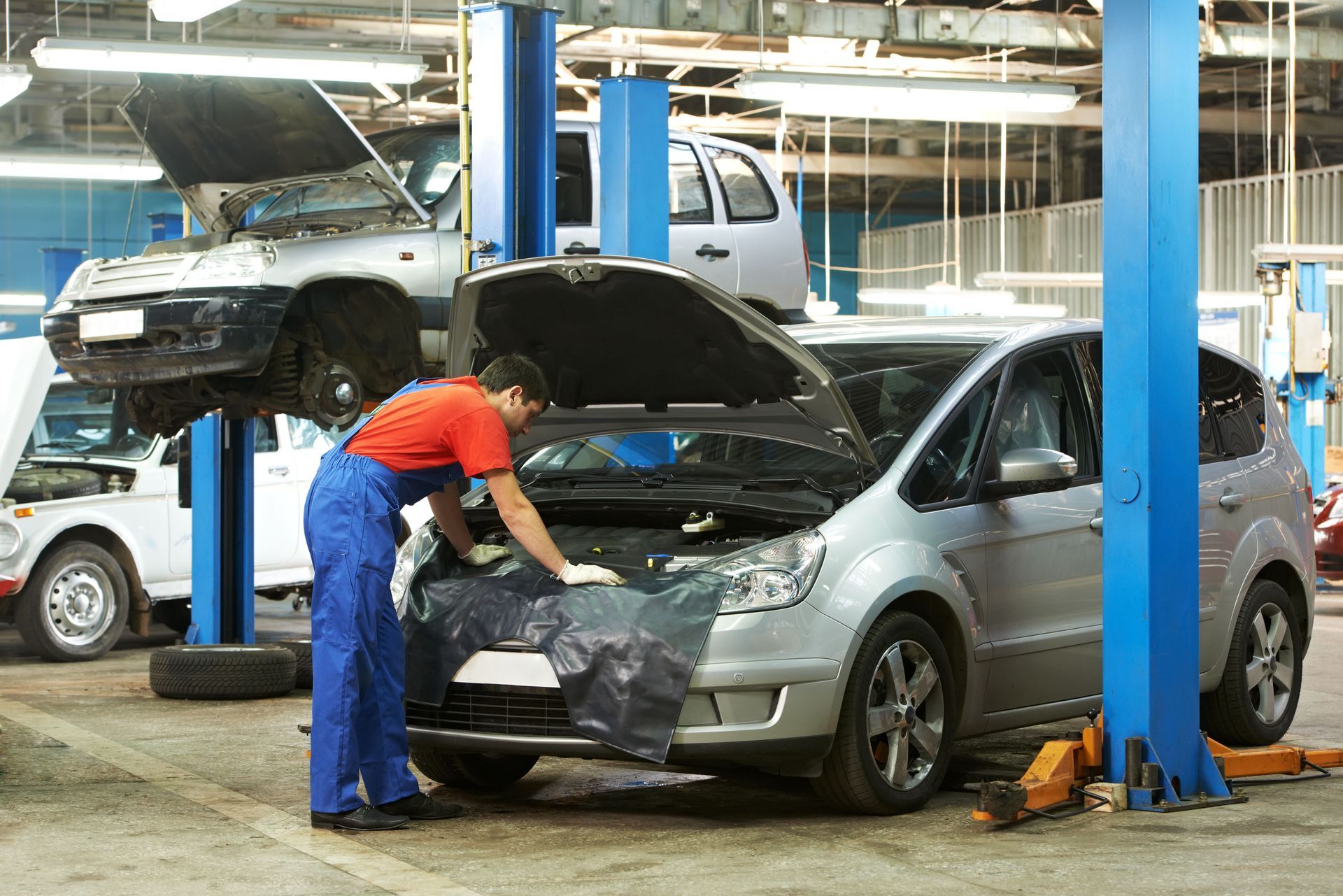
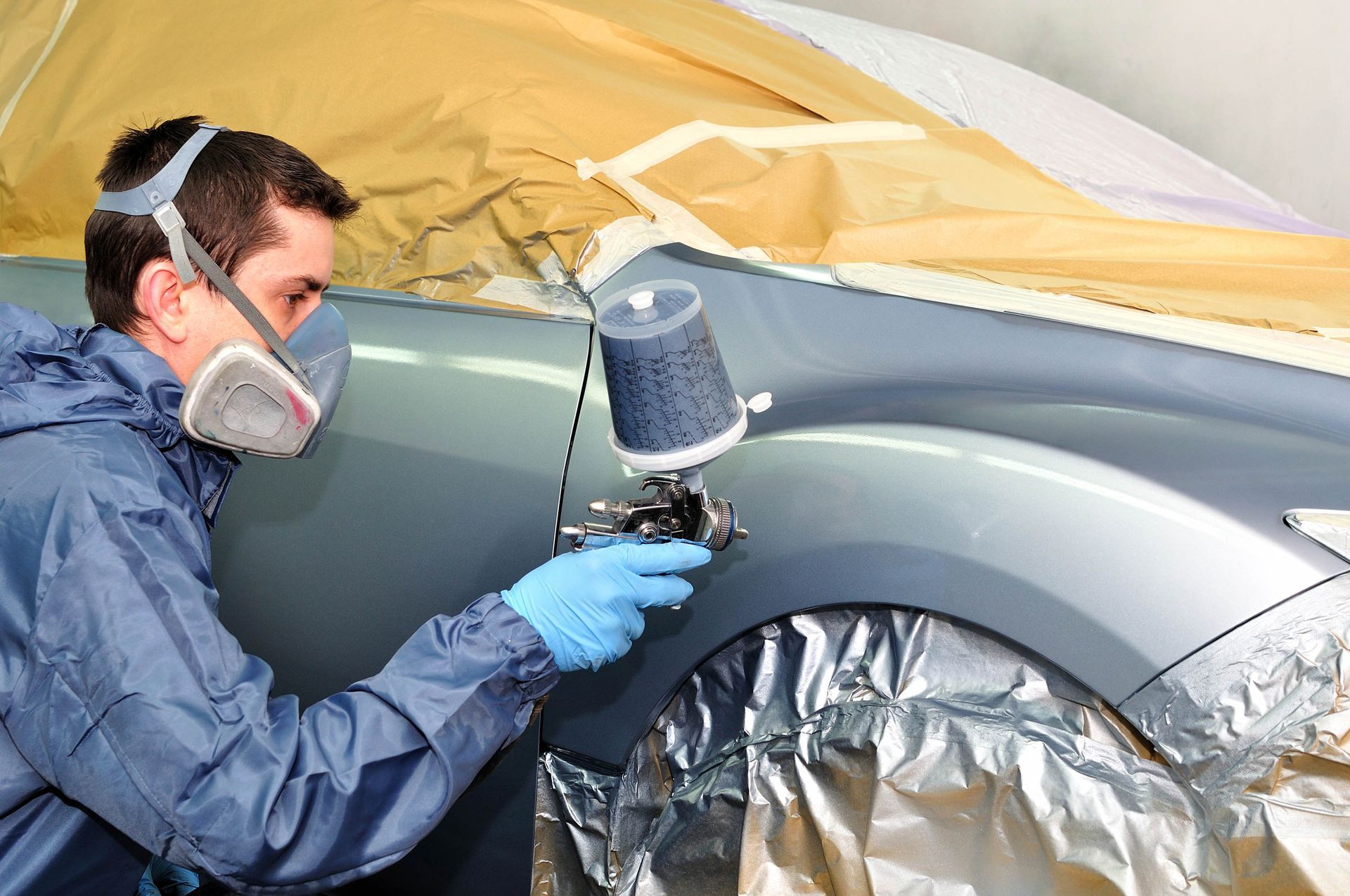
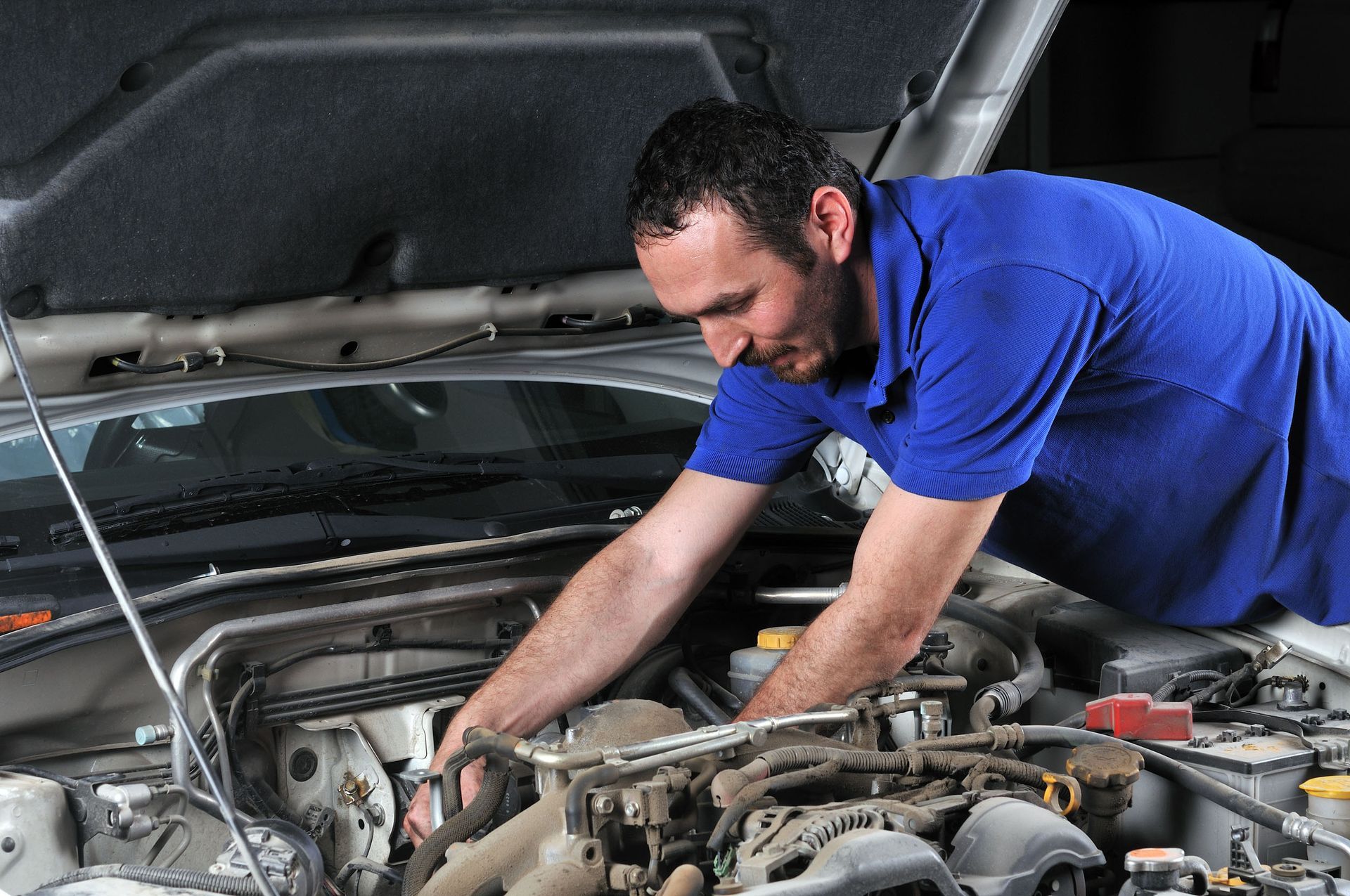
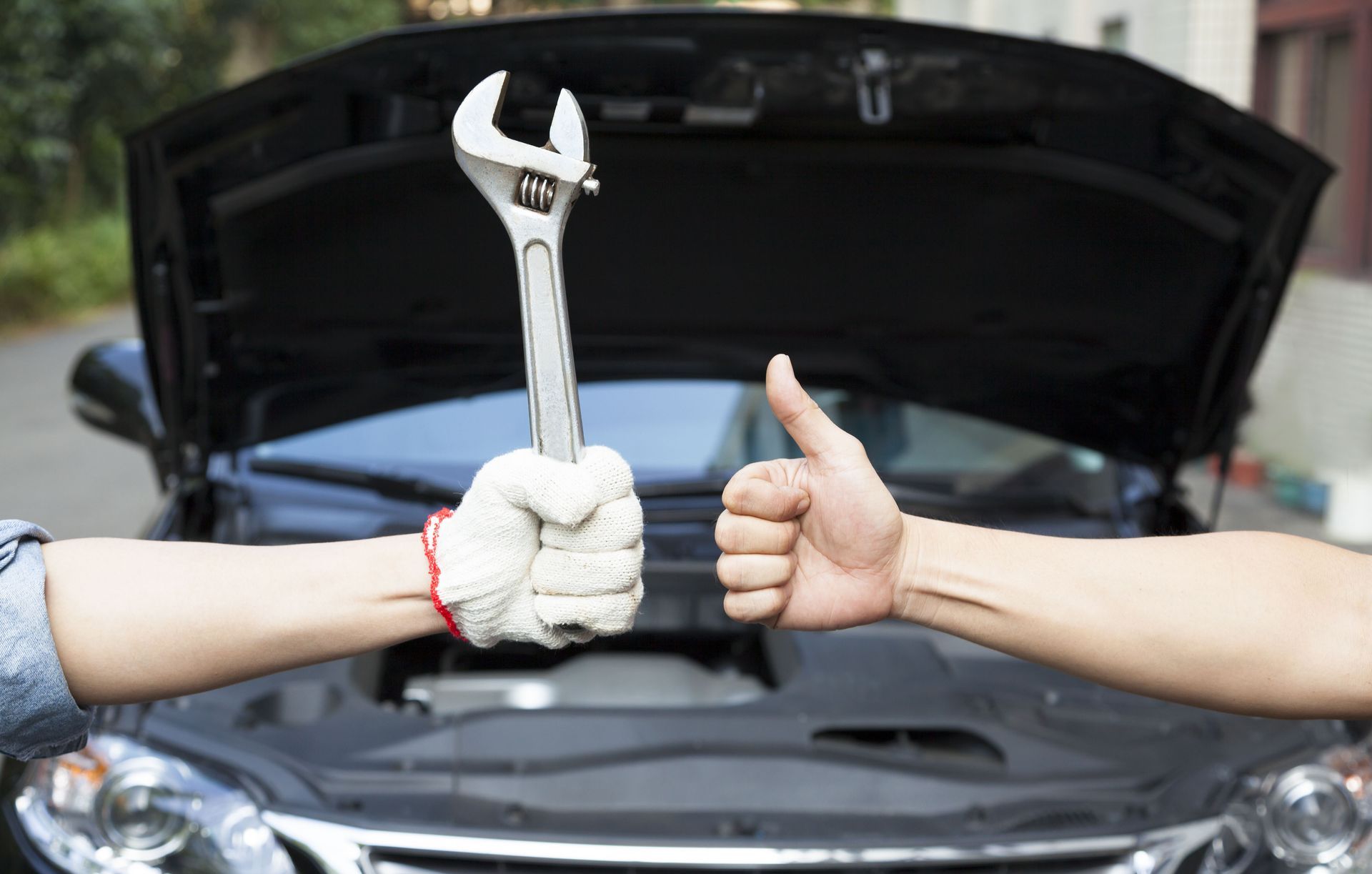
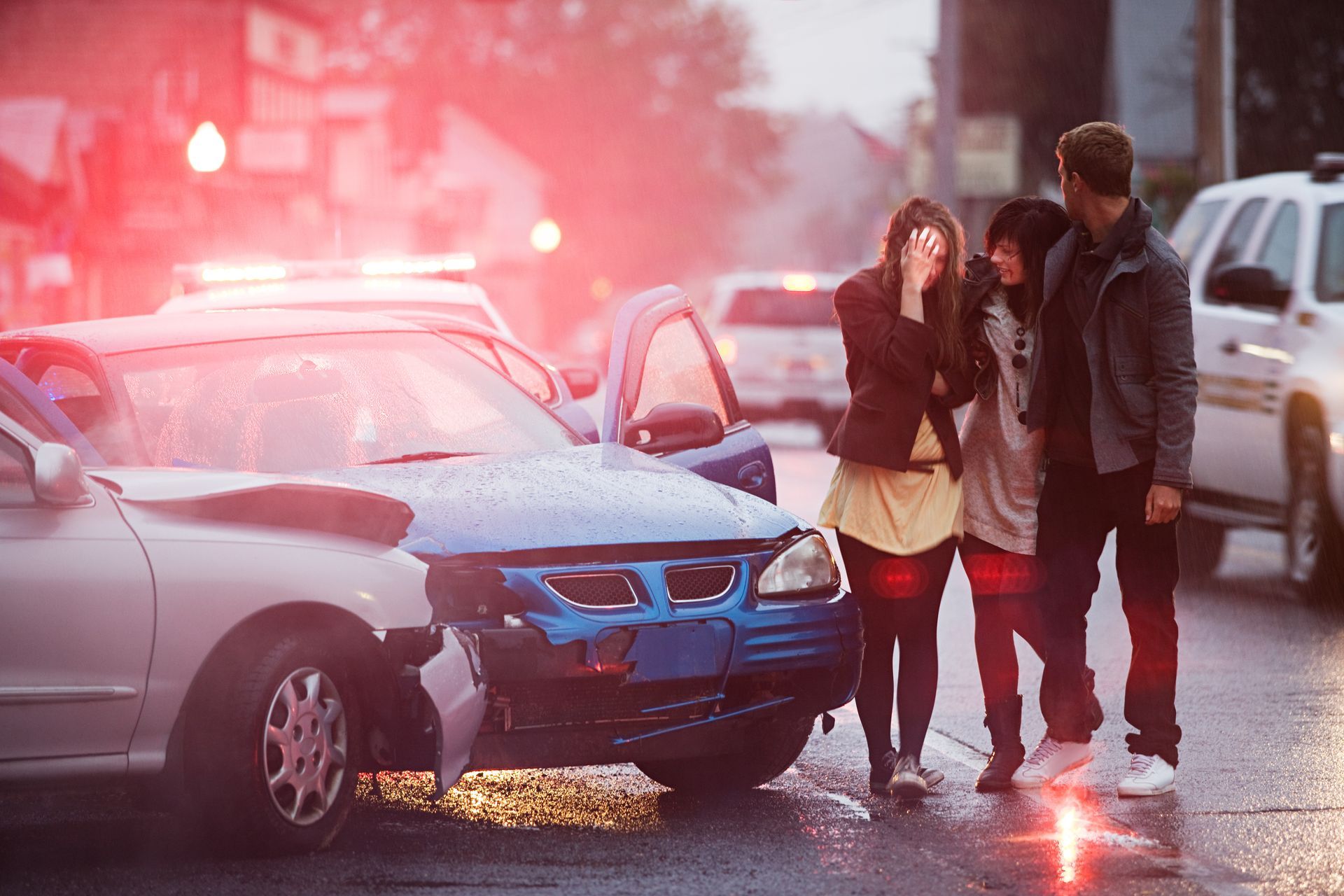
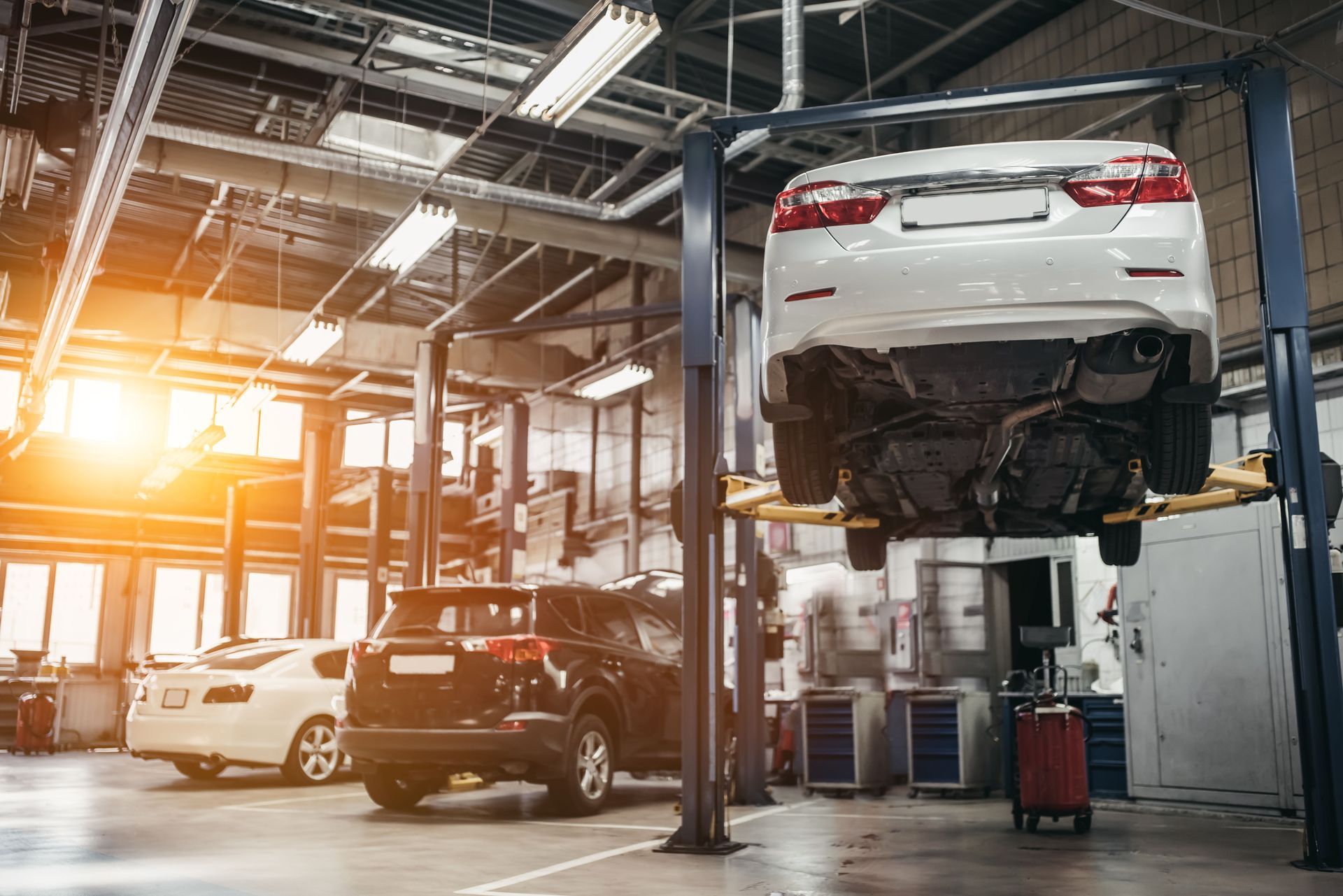

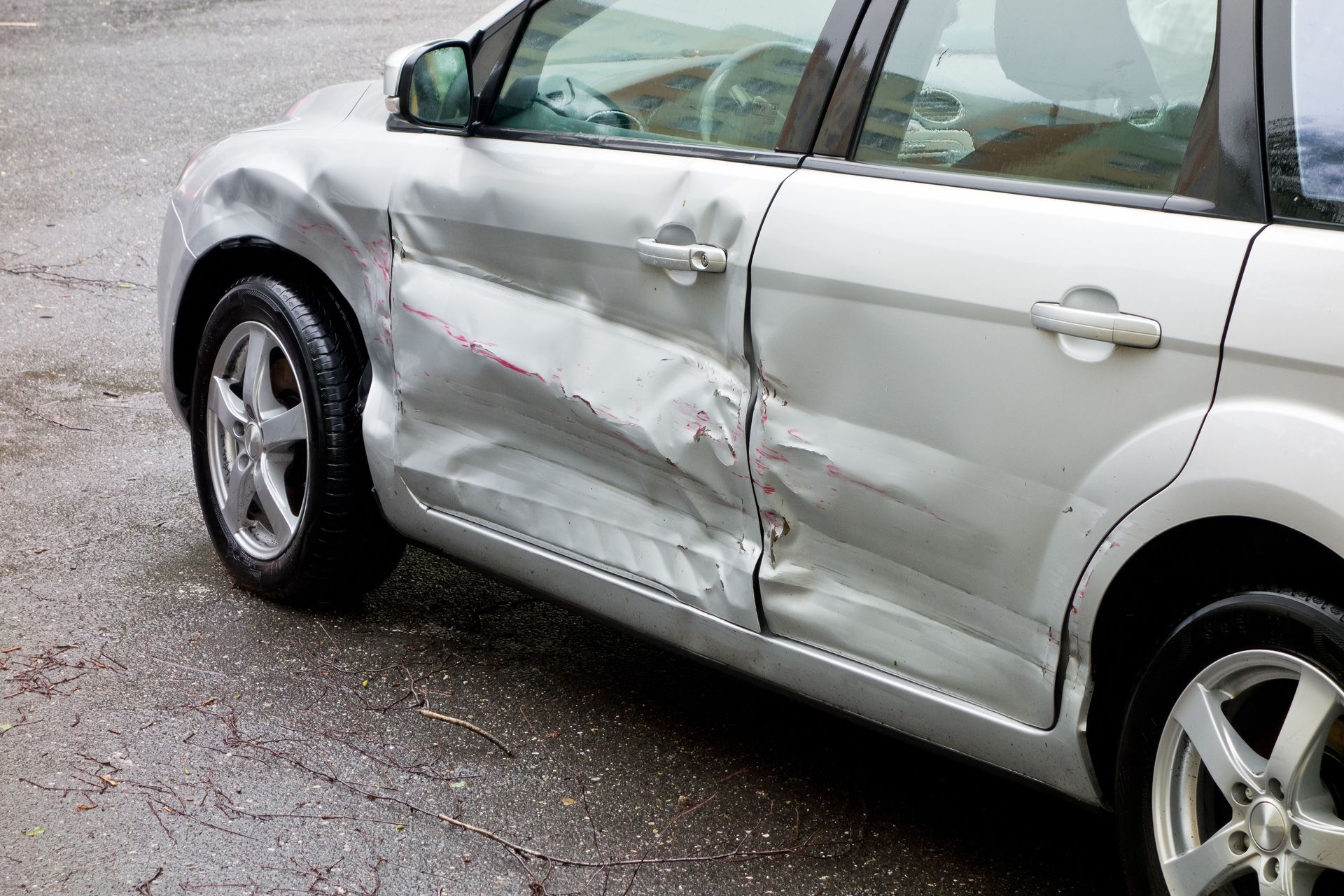
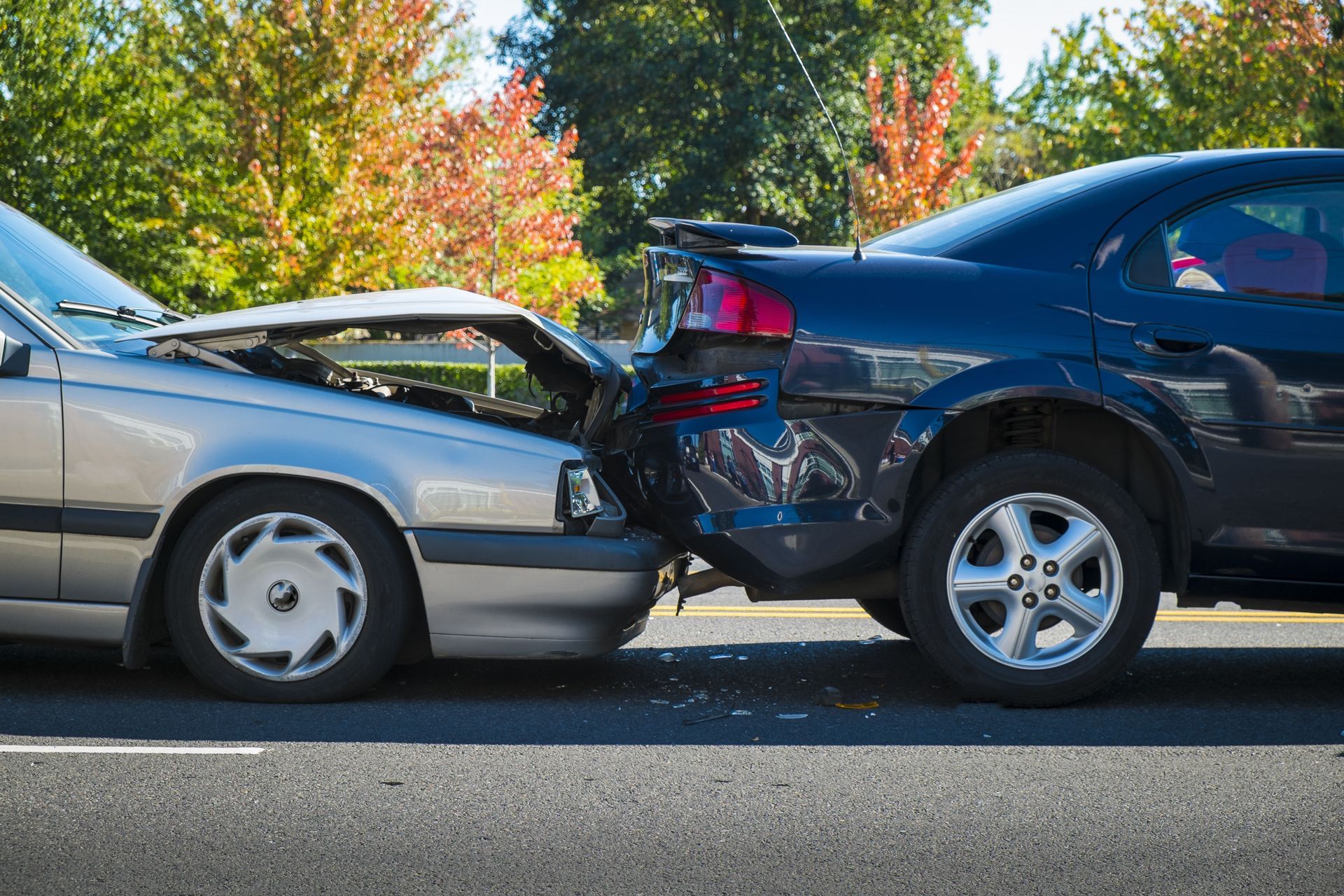












Share On: